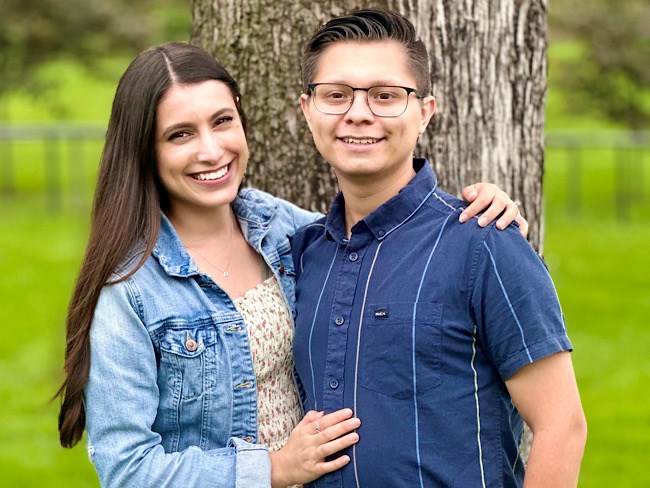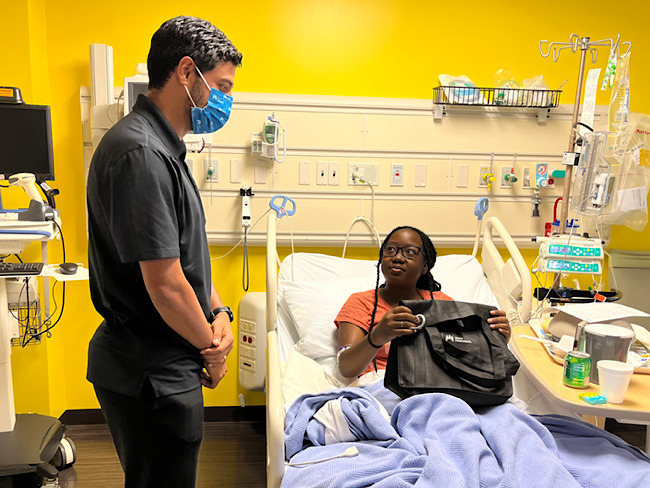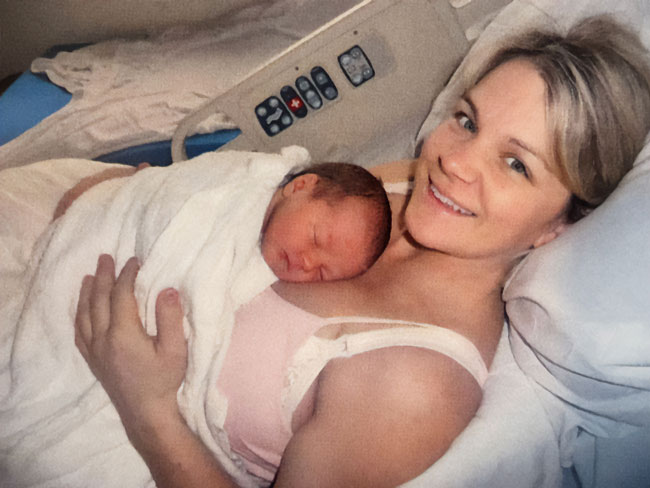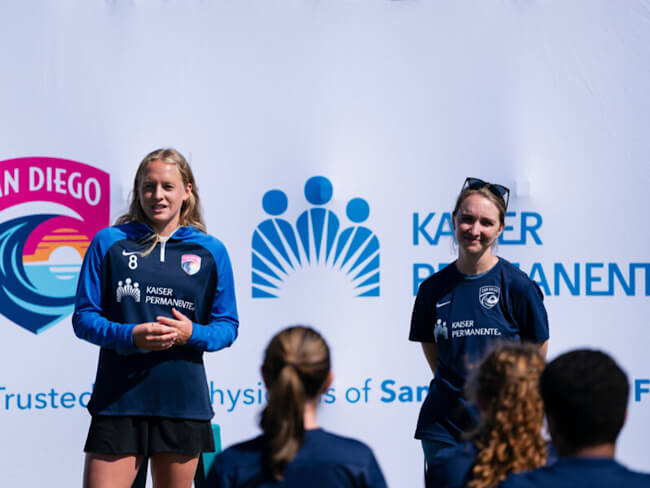Early intervention with an eye to kids’ health
As childhood myopia surges, Kaiser Permanente’s chief of optometry in Portland, Oregon, shares promising new therapies.
The kids are not all right, especially if they’re spending hours sitting in their dark bedrooms or squinting at their laptops, phones, and tablets. As a result, physicians are seeing more myopia in kids.
Myopia, also known as nearsightedness, causes distance vision to be blurry. It has surged in prevalence, and experts predict that by 2050, about 50% of the world’s community will be myopic. The prevalence of “high myopia,” the most severe form of the condition, is expected to rise to 10%.
“A big reason there’s a lot of focus on this internationally,” said Nanette Curtis, OD, Kaiser Permanente’s chief of optometry in Portland, Oregon, “is that we’ve seen the rates of nearsightedness increase dramatically over time.”
Early intervention and eye health
But there is good news, too. Early intervention is critical, and Kaiser Permanente offers an array of services to diagnose and treat myopia for kids.
Vision problems can be detected during vision screenings with a pediatrician or during a routine eye exam. Optometrists can then make treatment recommendations. Specially designed soft contact lenses can simultaneously correct distance vision and slow myopia progression.
Kaiser Permanente also offers atropine eyedrops. In a normal dose, atropine is used to dilate the pupil of the eye. But in a low dose — 0.01% — atropine may slow myopia progression by nearly 60%.
“The drops are relatively new,” Dr. Curtis said. “Atropine has been on the market for many years, but this is a weaker version of it, which limits side effects.”
A rise in childhood nearsightedness
Nearsightedness is typically caused by the lengthening of the eye. And it often begins in childhood or the early teens and worsens during adolescent years. There are various culprits in the rise of myopia. Genetics play a role. Too much screen time and not enough sunshine are also harmful and may very well be linked to increased cases of myopia.
A study in the International Journal of General Medicine, showed that two-thirds of students spend less than 2 hours in outdoor activities a day. Further, 29% were outside for less than an hour.
Limiting the impact of myopia
Suggestions to limit the impact of myopia, according to Dr. Curtis, include blinking often and looking away from your screen or book. Do it every 20 minutes for 20 seconds, focusing 20 feet or more away. This is known as the 20-20-20 rule and gives your eyes a chance to relax and reset.
But diagnosing the illness in children is the most important. While your doctor can detect a vision problem, you will typically be referred to an eye care specialist for treatment.
If children aren’t diagnosed before their teen years, they may be more reliant on glasses as they age. They may also be at greater risk for cataracts, glaucoma, and retinal detachment.
And if parents notice their child squinting a lot, or watching television from close range, Dr. Curtis urges them to make an appointment for a vision exam by working with their pediatrician.
“They should definitely bring their kids in to have them checked out,” she said.







